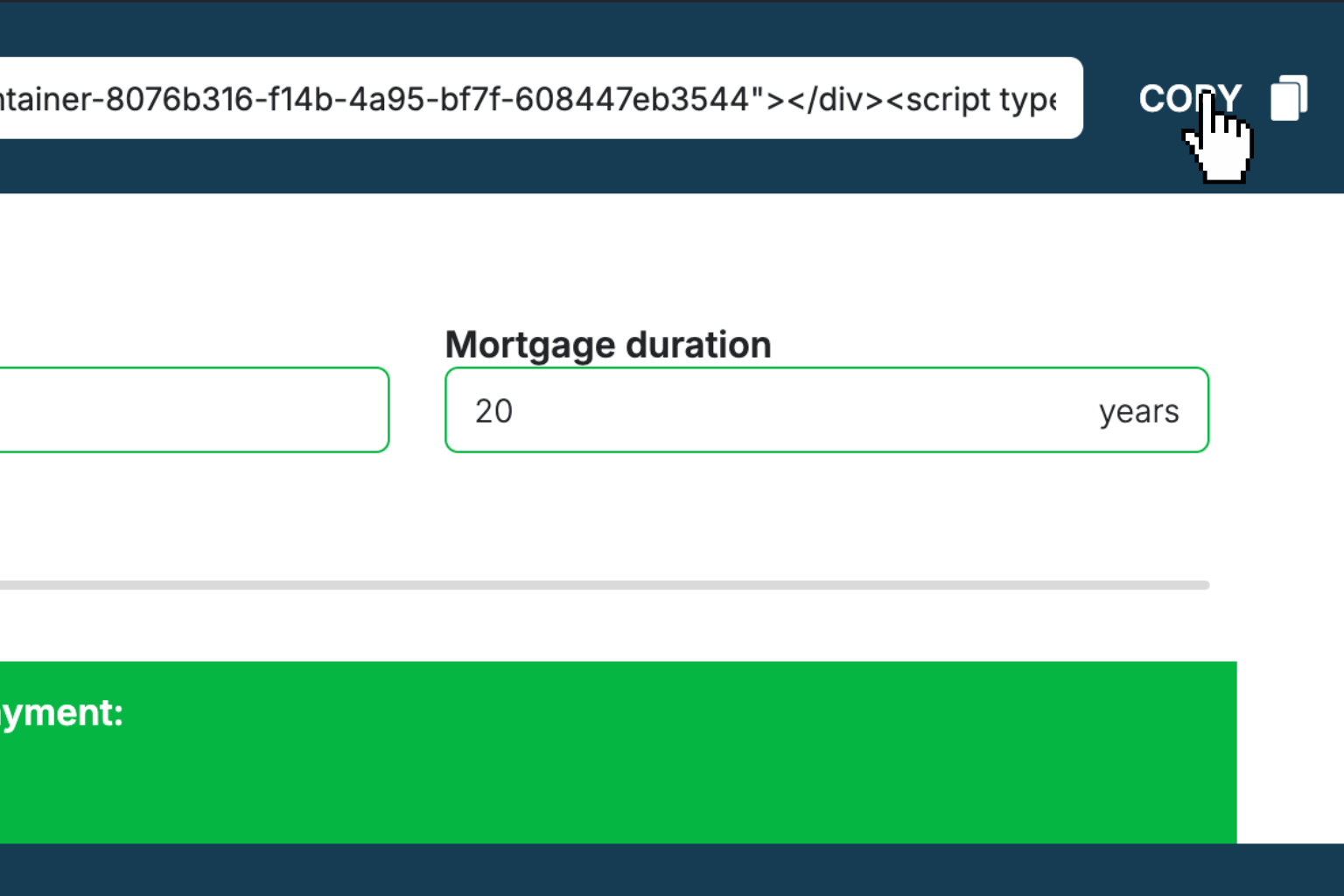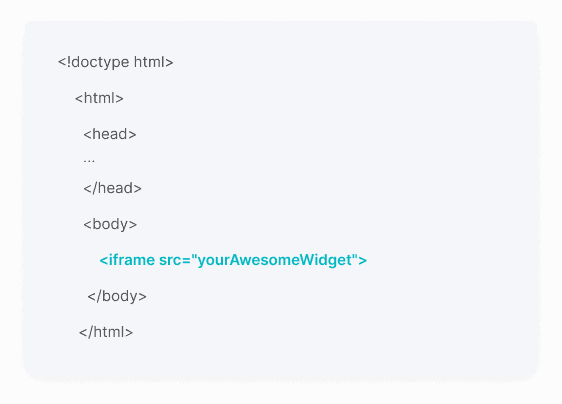Modified Internal Rate of Return (MIRR) Calculator
Get a realistic view of your investment returns with more accurate reinvestment assumptions than traditional IRR.How Modified Internal Rate of Return (MIRR) Calculator Works
MIRR calculates a more realistic return rate for your investment by considering two key factors that standard IRR ignores: where you'll actually reinvest your positive cash flows and how you'll finance the initial investment. Unlike IRR, which unrealistically assumes you'll reinvest all returns at the same high rate, MIRR uses your actual cost of capital for reinvestments.
The calculation works by taking your positive cash flows and compounding them forward to the final year using your reinvestment rate (usually your cost of capital), then comparing that to the present value of your initial investment and any negative cash flows discounted at your financing rate.
This approach eliminates the multiple solutions problem that sometimes occurs with IRR and provides a single, more conservative return estimate. It's particularly useful for comparing projects of different sizes or durations, as it gives you a clearer picture of what you can realistically expect to earn.
Modified Internal Rate of Return (MIRR) Calculator Formula Breakdown
Formula
Future value of positive cash flows = Each positive cash flow × (1 + reinvestment rate)^(years remaining)
Present value of cash outflows = Initial investment + negative cash flows discounted at finance rate
MIRR = (Future value of inflows ÷ Present value of outflows)^(1/number of years) - 1Variables Explained
- Initial investmentThe upfront amount you're investing in the project or asset. This is typically the purchase price, setup costs, or capital expenditure you're making at the beginning. Enter as a positive number even though it's a cash outflow.
- Finance rateThe interest rate on borrowed money or your cost of capital for financing the initial investment. This is typically your company's weighted average cost of capital (WACC) or the interest rate on loans used to fund the project.
- Reinvestment rateThe rate at which you can realistically reinvest positive cash flows from the project. This is usually your company's cost of capital or the return rate available on similar investments. It's typically lower than the project's IRR.
- Cash flow - Year 1The net cash flow you expect to receive (positive) or pay out (negative) in the first year. This could be rental income, business profits, or additional expenses. Use negative numbers for cash outflows.
- Cash flow - Year 2The net cash flow expected in the second year. This might increase due to rent escalations, business growth, or decrease due to maintenance costs or market changes.
- Cash flow - Year 3The net cash flow expected in the third year, including any terminal value if you plan to sell the asset. This often includes both the final year's income and the sale proceeds.
Example Calculation
Given:
- Initial investment: $10,000.00
- Finance rate: 8.00%
- Reinvestment rate: 5.00%
- Cash flow - Year 1: $4,000.00
- Cash flow - Year 2: $4,500.00
- Cash flow - Year 3: $5,000.00
Calculation:
Future value of Year 1 cash flow: $4,000 × (1.05)² = $4,410.00
Future value of Year 2 cash flow: $4,500 × (1.05)¹ = $4,725.00
Future value of Year 3 cash flow: $5,000 × (1.05)⁰ = $5,000.00
Total future value: $4,410.00 + $4,725.00 + $5,000.00 = $14,135.00
Present value of outflows: $10,000.00
MIRR = ($14,135.00 ÷ $10,000.00)^(1/3) - 1 = 12.17%Result:
12.17%Explanation
This example shows a rental property investment where you put down $10,000 and receive increasing rental income over three years. The MIRR of 12.17% represents what you can realistically expect to earn annually, assuming you reinvest rental income at 5% and financed the initial investment at 8%.
Tips for Using Modified Internal Rate of Return (MIRR) Calculator
- 💡Use your actual cost of capital for both the finance rate and reinvestment rate - this is typically your WACC or the rate you pay on business loans, making MIRR more realistic than IRR.
- 💡MIRR will always give you a single answer unlike IRR, which can sometimes produce multiple solutions for projects with alternating positive and negative cash flows.
- 💡Compare MIRR to your required return rate or hurdle rate - if MIRR is higher, the project may be worth pursuing; if lower, consider other opportunities.
Make Your Own Web Calculator in 3 Simple Steps
Create Interactive Calculator
Design your interactive calculator in under 5 minutes using our drag-and-drop builder.Preview & Generate Embed Code
Review your calculator and copy the embed script when you're satisfied with the results.Embed Calculator Into Your Website
Paste the code into your website's HTML. Works on WordPress, Shopify, Wix, and any platform. EugenCreator of Creative Widgets
EugenCreator of Creative Widgets“After 10+ years in digital marketing, I’ve built calculators that drove thousands of new leads for clients. I realized one thing: calculators convert. They're killer for CRO and great for SEO. That's why I built Creative Widgets—an easy, no-code calculator builder. ”
It's free. Try it out. You'll like it.




